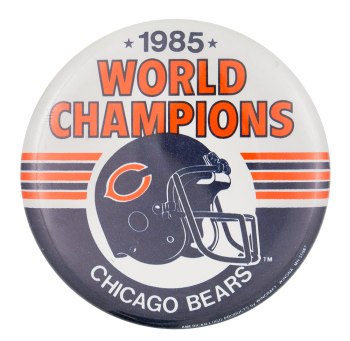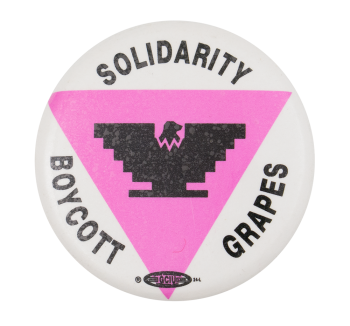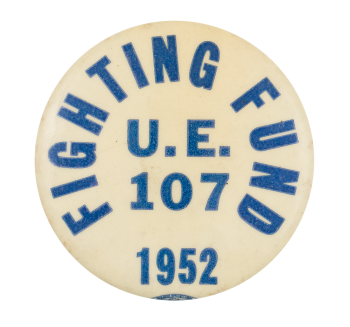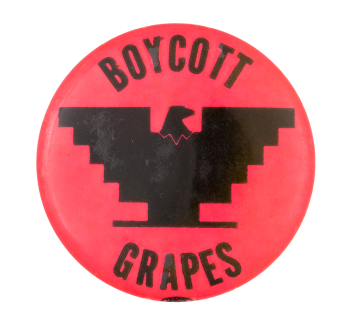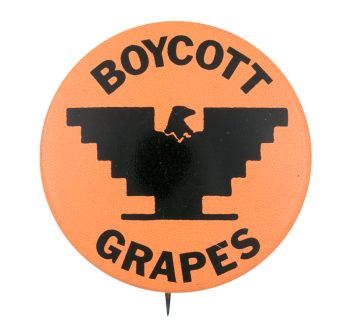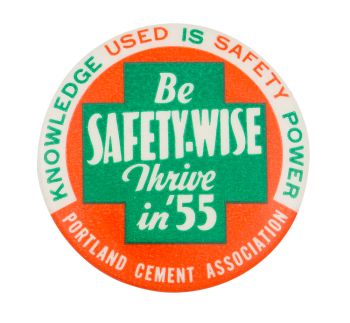1985 World Champions
| Category | |
|---|---|
| Additional Images | |
| Sub Categories | |
| Text on Button | 1985 World Champions Chicago Bears |
| Image Description | Illustration of a blue and orange football helmet with orange and blue stripes on either side, blue below and white above with blue, orange and white text |
| Back Style | |
| The Shape | |
| The Size | |
| Year / Decade Made | |
| Additional Information | Led by coach Mike Ditka, the 1985 Chicago Bears championship football team was widely regarded as one of the most dominant in NFL history. The Bears finished the regular season with a 15-1 record and went on to defeat the New England Patriots to win the Super Bowl. The team released a rap song performed by the players called "Super Bowl Shuffle," which reached Number 41 on the US Billboard Hot 100 list. The song was nominated for a Grammy Award for best rhythm and blues performance by a duo or group, but lost to "Kiss" by artist Prince. |
| Catalog ID | CH0202 |

